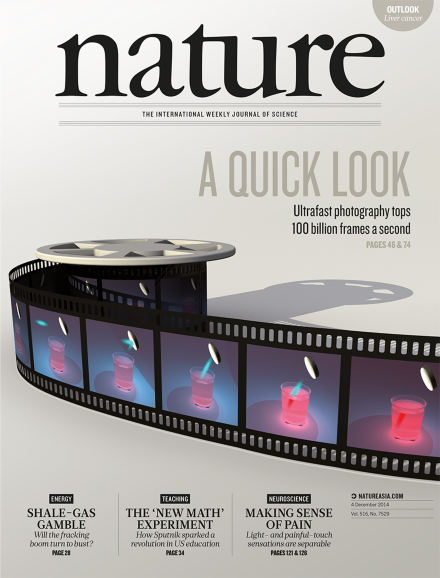Volume 516 Issue 7529, 4 December 2014
Editorial
World View
Research Highlights
Social Selection
Correction
Seven Days
News
Correction
News Feature
Comment
Books & Arts
Correspondence
Obituary
News & Views
-
Stars fight back
Collection:

